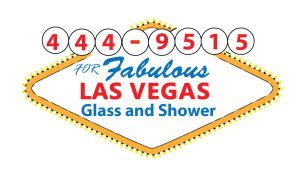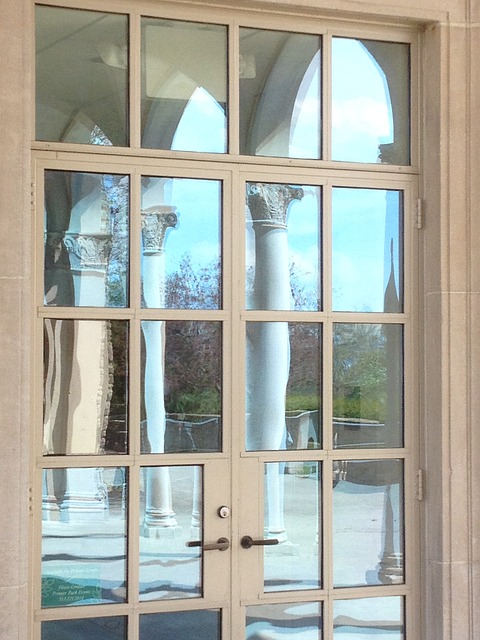French Doors – Part 1
If you don’t want a new sliding glass door, then your next option for patio doors would be French doors. The range and options available for French doors are almost daunting so we will discuss them in broad terms and I will discuss the individual features later in subsequent posts. There are three main parts of a French door that I want to discuss. Frame material, hardware and glass.
The first section is the frame material. French doors are available in many different frame types. Starting from least expensive to most expensive they are steel, fiberglass, vinyl, aluminum, wood and aluminum clad wood. There are some small variations but for the most part these are your options.
I would recommend that you stay away from steel unless you are simply flipping the house and don’t plan on being there too long. It doesn’t last very long and has poor energy efficiency. Vinyl is a new product and hasn’t been tested in the market and has had issues standing up to wear and tear so I would stay away from that as well.
Your best bet is to go with fiberglass. It’s the best material to make a door out of; it doesn’t warp, twist peel or crack. Ever. Usually the frame is still wood, so the door panel itself (called a slab) will usually last much longer than the frame. In some cases you can get a fiberglass frame as well.
If you really want the look and feel of a real wood French door then by all means they are there for the taking. Expect to pay quite a bit more, but the options available with these type of doors as well as the quality, craftsmanship and energy efficiency, they are definitely worth it. This is what I put in my house.
So as always, you need to decide what is most important to you when choosing a French door, then make you decision based on those criteria. If price is your only concern, but you are living there awhile, your only real choice is fiberglass
The next section is hardware. Whatever you do, make sure you buy a door that has a multi-point lock system and both the active and inactive door panels. Multi-point locks on both the active and passive panels are sometimes only available on higher end products so you may have to look around a little bit.
There are also hinges, hardware and thresholds to remember. There are several colors and finishes available but these have more to do with preference and design, rather than making sure you get a great product at a fair price and these things can be discussed with your product supplier at the time of purchase.
Just make sure you get ball bearing hinges and an adjustable sill. Also when go to put hardware on your door, you may want to consult a locksmith. Much of the hardware available at home centers and standard hardware supplied with French doors isn’t always the most secure. Just look up the term “bump key” on You Tube and you will see what I mean.
The last section I want to discuss is the glass. Just about every French door offered now comes standard with Low-E glass. However, this just isn’t enough. If you live in a warm climate like the sunbelt you need to make sure you get “Soft Coat” Low-E. You need “Hard Coat” Low-E if you live in the opposite.
If you are concerned about security, you may want to consider that French Doors are the easiest way to get into a home. The glass takes a split second to break and now a burglar can walk in and out of your home easily. You may want to consider placing laminated glass on one of the panes of your dual pane glass in your French door. Laminated glass takes awhile to bust through even with a baseball bat. This additional 4 or 5 minutes of swinging a bat at your door will usually deter most burglars.
Another option is security film. This film is applied to the glass and makes it extremely difficult to break through as well. They cost about the same, so if that is something you want to consider, you will have to get a few quotes and make that decision for yourself.
So there you have the basics for French Doors. Check back for more detail about French doors in future posts.


Recent Comments